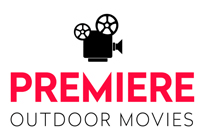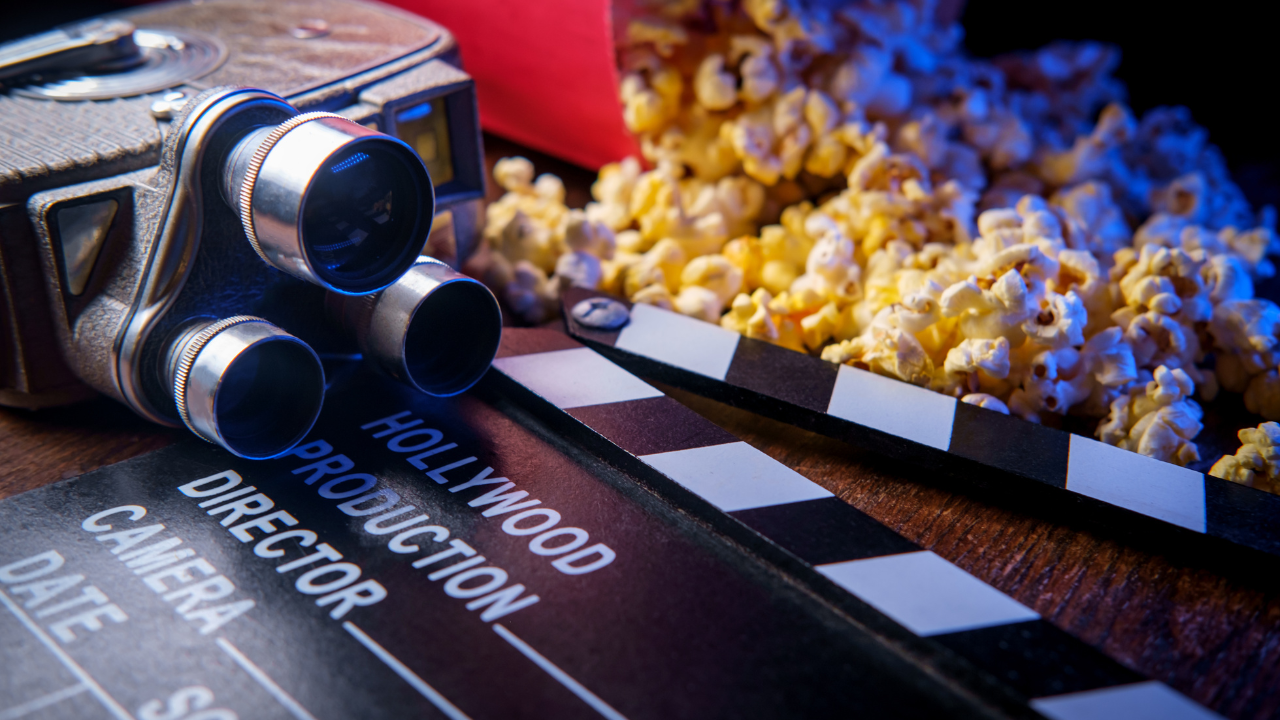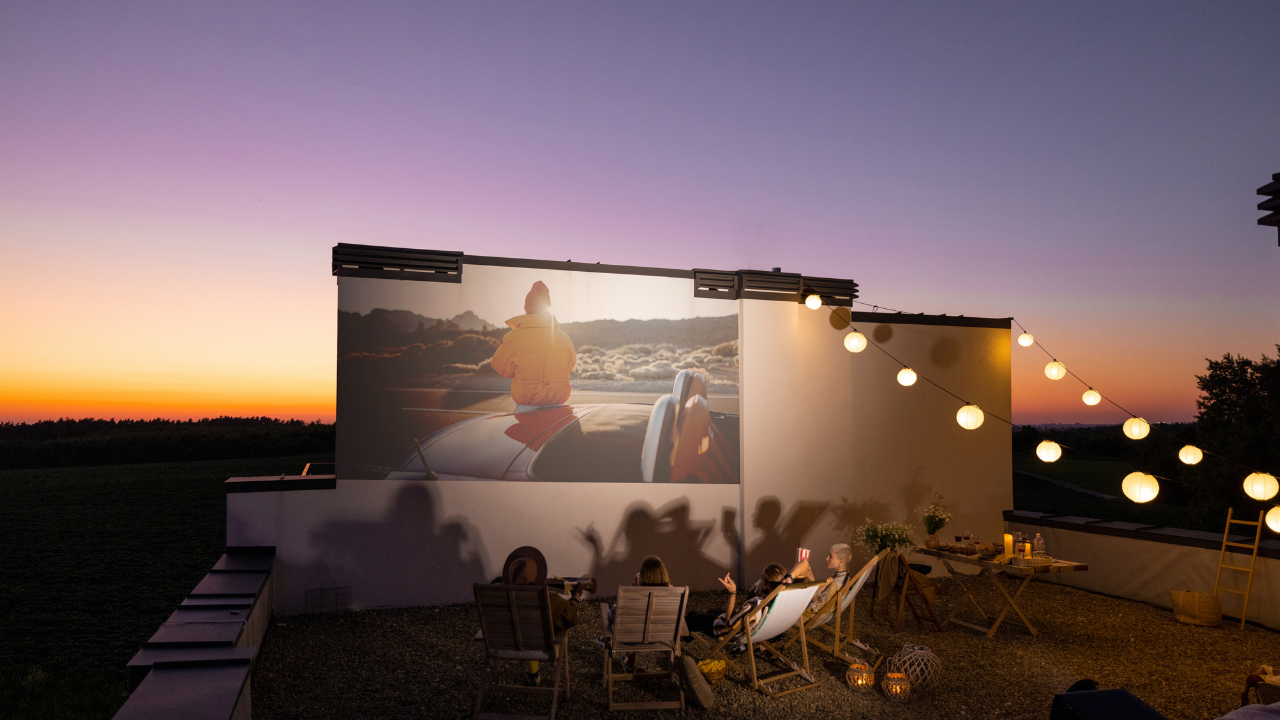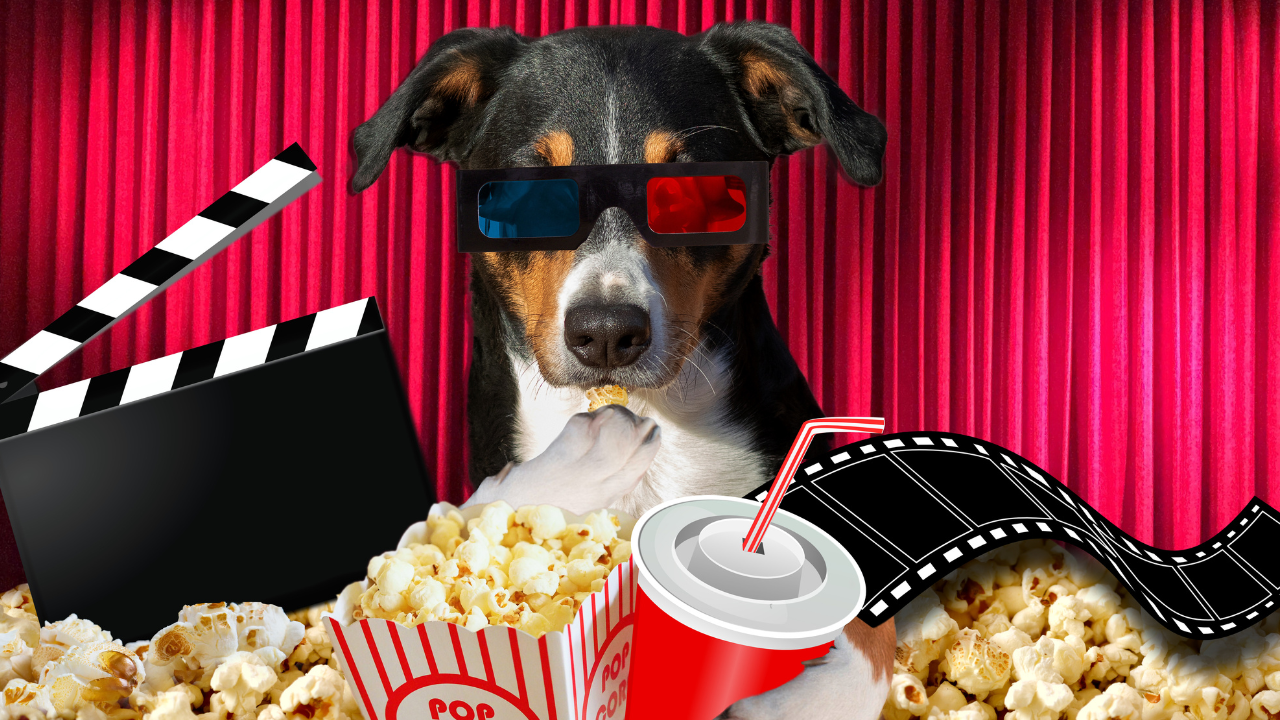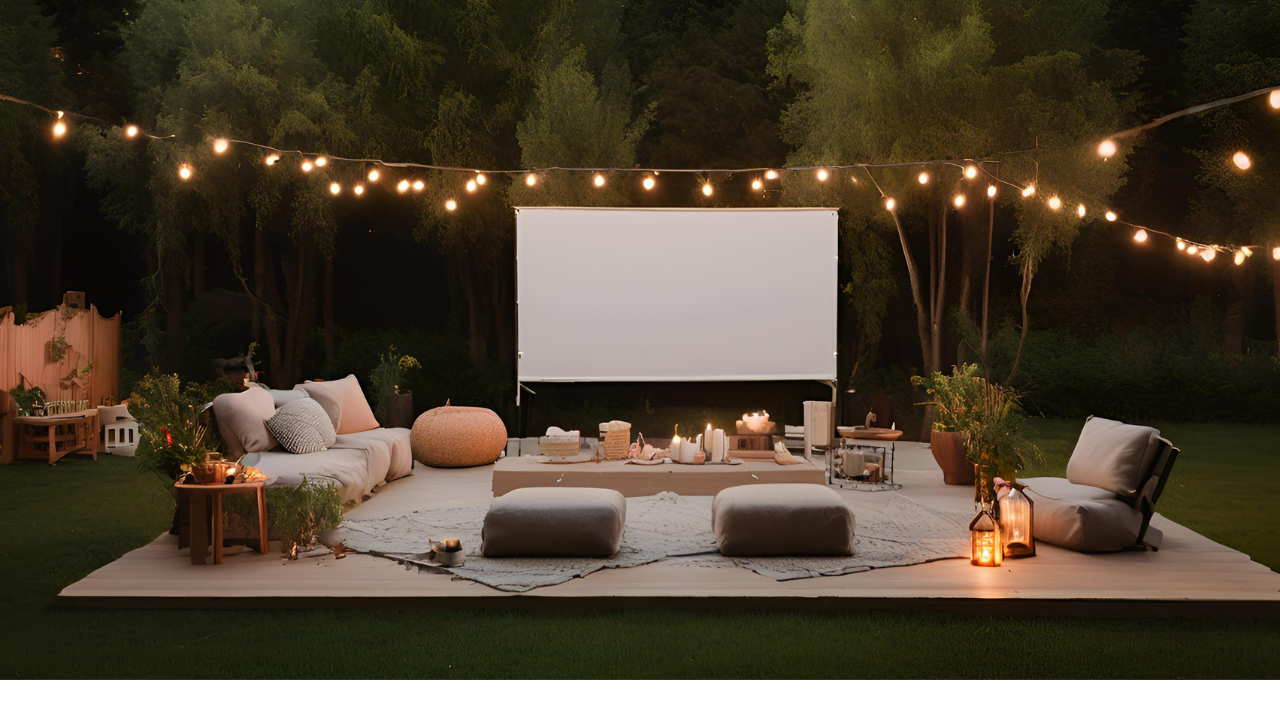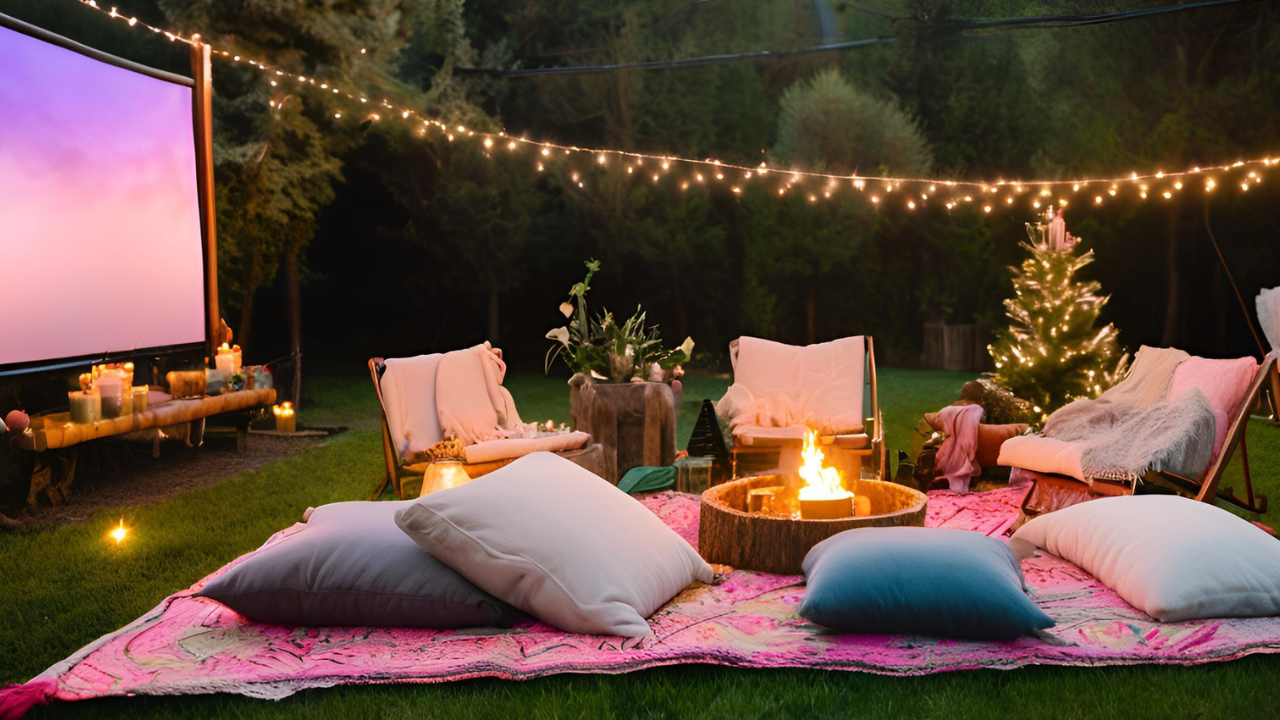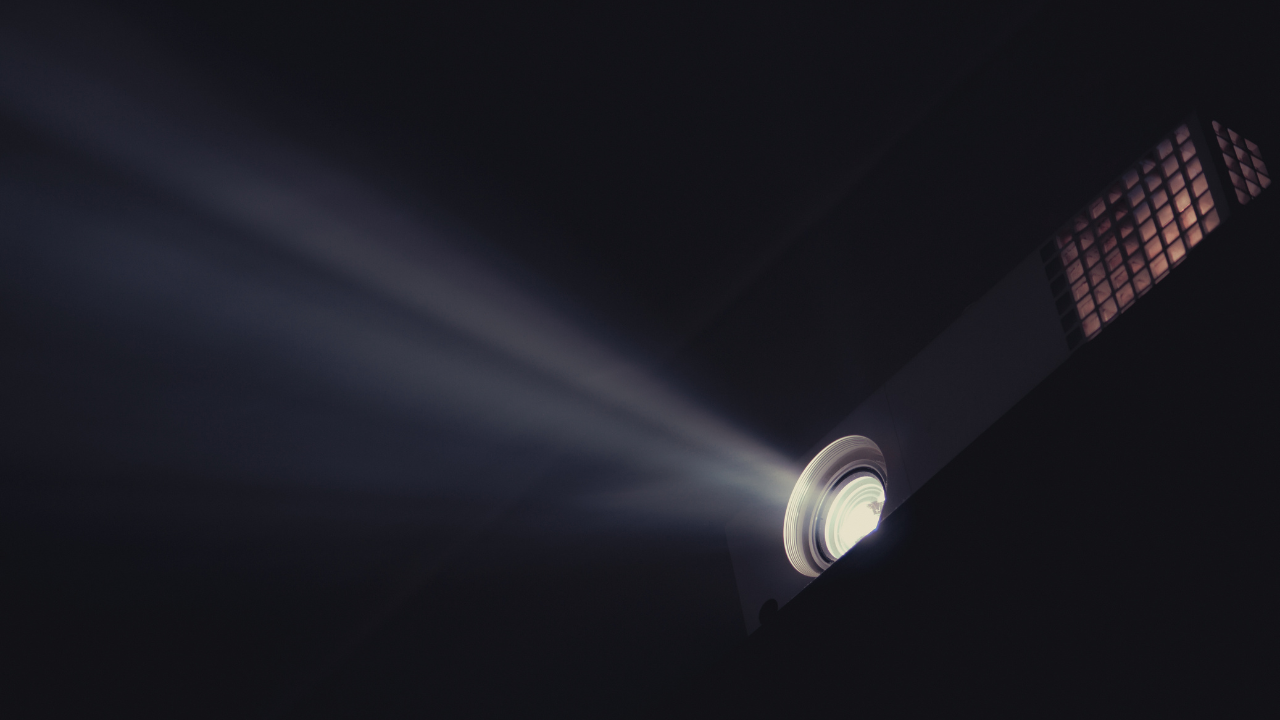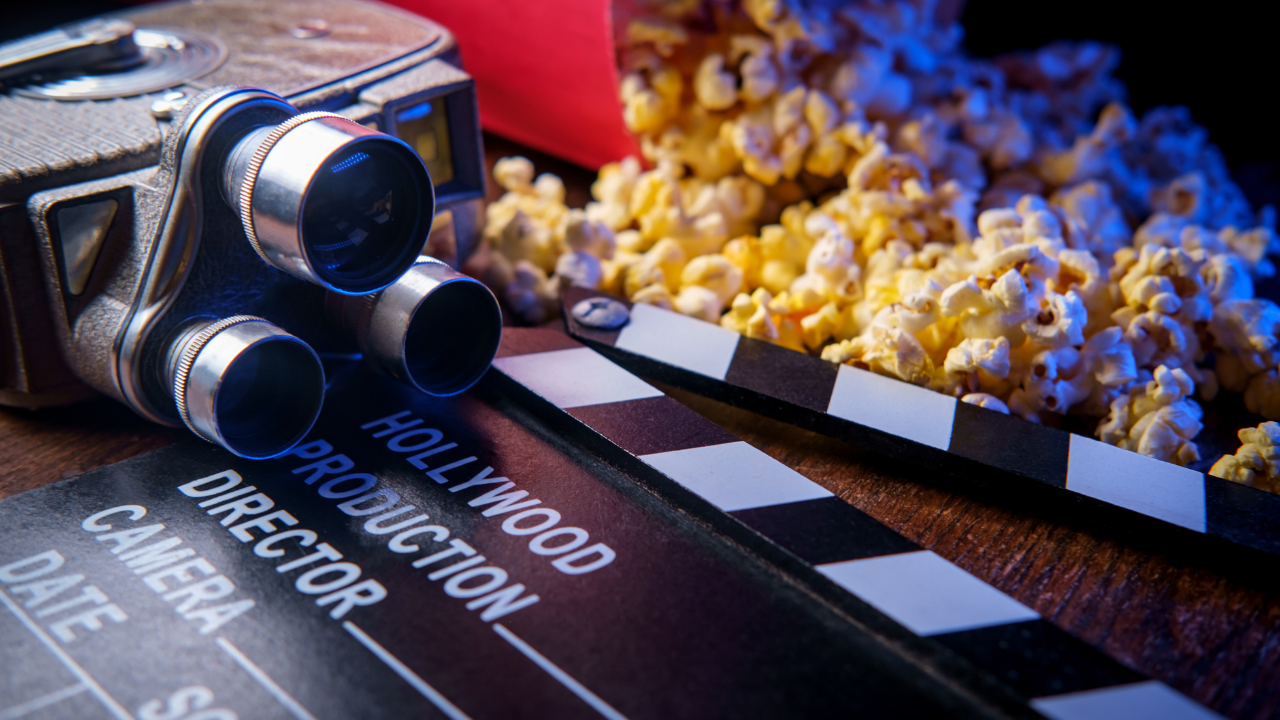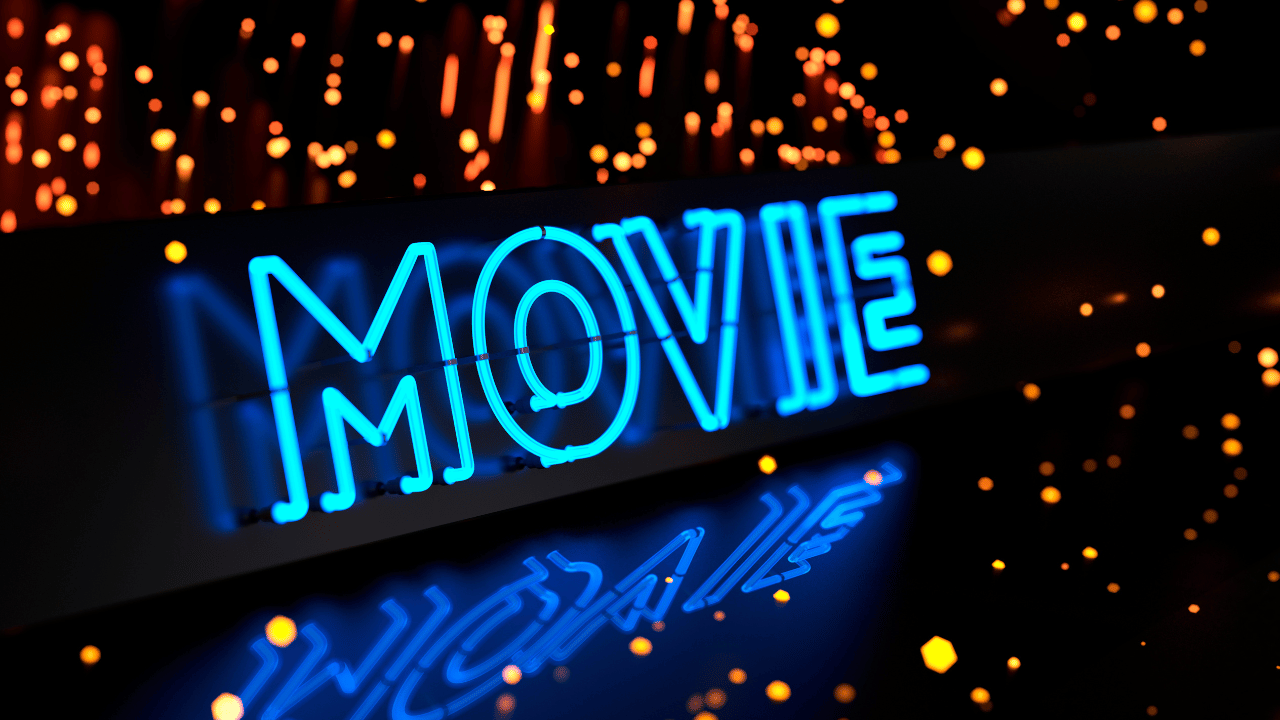Adapting to Daylight Saving: Earlier Start Times for Spring Screenings
Key Takeaways
- The shift to Daylight Saving Time creates both challenges and opportunities for outdoor movie screenings
- Sunset times gradually change throughout spring, requiring weekly schedule adjustments
- Optimal movie start times should begin 30-45 minutes after sunset for best visibility
- Projectors need at least 2500-3000 lumens for early evening screenings with ambient light
- Pre-show activities can effectively bridge the gap while waiting for darkness
- Physical light barriers and strategic venue positioning help manage remaining daylight
- Weekly schedule adjustments of 1-2 minutes keep pace with lengthening days
When clocks spring forward, we outdoor movie folks find ourselves between a rock and a hard place. That gorgeous golden hour that photographers chase? It's honestly a bit of a headache when you're trying to show films outdoors. But here's the silver lining – those longer evenings that come with Daylight Saving Time also give us amazing opportunities for unforgettable movie experiences under the stars.
We've put together this guide to help you turn what seems like a spring timing challenge into a real opportunity. With a few adjustments and some planning, you'll be mastering those schedule changes for perfect outdoor movie nights as the days stretch longer.
Understanding How Daylight Saving Affects Outdoor Movies
When we jump to Daylight Saving Time in spring, your screening schedule needs an instant overhaul. Moving those clocks forward means sunset suddenly happens an hour later on the clock. For those of us hosting outdoor movies, it's a whole new ballgame for planning start times.
The Science of Changing Daylight Patterns
Daylight Saving Time pushes sunset times later on our clocks, but the actual pattern of light changes gradually throughout spring. After the time change, sunset might suddenly jump from 6:00 PM to 7:00 PM, but then continues to creep later by about 1-2 minutes each day as we move toward summer.
This means we need to adjust start times not just once after the time change, but continuously throughout spring to maintain the right darkness level. In most U.S. locations, evening daylight increases by nearly 2 hours from March to June!
The Golden Hour Challenge
The golden hour – you know, that magical time right before sunset when everything looks like it's bathed in honey? Photographers can't get enough of it, but for us movie screeners, it's a bit of a pickle.
During golden hour, there's still too much light for good projection, but it's also when your venue looks absolutely stunning. We call this the ""golden hour paradox"" – when your venue looks its prettiest but movies can't yet be clearly seen on screen.
Bold fact: During spring in mid-latitude locations, golden hour sticks around for about 30-45 minutes after the listed sunset time. This means actual darkness suitable for movies shows up even later than what your weather app says!
Creating Your Perfect Spring Screening Schedule
Finding that sweet spot for starting your outdoor movie means juggling several factors – sunset time, how long twilight lasts, and what your audience prefers.
Calculating Ideal Start Times After DST
For most situations, we've found this simple formula works best for movie start times:
Official Sunset Time + 30-45 minutes = Ideal Movie Start Time
This gives the sun enough time to dip below the horizon and twilight to deepen for good screen visibility. Need to find local sunset times? Check out the National Weather Service website or your favorite weather app.
Week-by-week adjustment strategy: As days get longer through spring, we recommend adjusting your start time about 1-2 minutes later each week. Trust us – this gradual shift is way easier for your regular attendees to handle than suddenly pushing everything back by 15 minutes!
Finding the Sweet Spot Between Atmosphere and Visibility
The perfect time to kick off your movie hits that balance – enough daylight for guests to get settled in comfortably, but enough darkness to actually see what's happening on screen.
Many of our most successful outdoor screening series operate in what we call the ""magic window"" – starting with some pre-show entertainment during that beautiful golden hour, then transitioning to the feature film as true darkness settles in.
Bold stat: For good projection visibility, ambient light levels should ideally be below 10 lux. During clear weather at 30 minutes after sunset, light levels typically hover around 15-20 lux, and by 45 minutes post-sunset, they drop to approximately 5-10 lux – just right for movie viewing.
Technical Considerations for Showing Movies in Spring Light
Let's talk gear – because having the right equipment makes all the difference when you're showing movies with some daylight still lingering.
Choosing the Right Projector and Screen for Changing Light
Projector brightness (measured in lumens) becomes super important during spring screenings when you might start with more ambient light hanging around.
| Screening Condition | Minimum Recommended Lumens | Ideal Screen Type |
|---|---|---|
| Early evening with some ambient light | 2500-3000 | Gray high-contrast or ALR (ambient light rejecting) |
| Full darkness | 1800-2500 | White matte |
| Large audience (100+ people) | 4000+ | High-gain or ALR |
When you're shopping for projectors for spring screenings, look for models offering at least 2500-3000 lumens of brightness. Need help finding the perfect equipment? Our bright-screen solutions can point you in the right direction.
Strategies to Manage Remaining Light
A few physical tweaks can dramatically improve visibility when there's still some daylight:
- Position your screen facing away from where the sun sets (the western horizon)
- Use black drapes or barriers on the sides of your screen to prevent light scatter
- Consider adding a canopy over the top of your screen to block overhead light
- Choose venues with natural features like trees or buildings that block low-angle evening light
Light placement matters: Set up your audience area so viewers have their backs to any remaining bright areas or sunset glow. This prevents both direct glare and keeps eyes focused on the screen, not distracted by that pretty sunset behind them.
Programming Strategies for Spring Screenings
What you show matters just as much as when you show it during those in-between spring evenings.
Choosing Content That Works in Transitional Light
Not all movies hold up equally well in the slightly brighter conditions of early spring evenings. Here's what we've learned:
- Higher contrast films show up better in remaining light
- Movies with darker scenes can be tough to see clearly in early spring
- Films that take place primarily in daylight settings tend to read better when there's some ambient light
- Animated films often have bold colors and strong contrast that project well
Bold idea: Why not create a themed spring series that celebrates the season? Think films about renewal, growth, or outdoor adventures that complement those lengthening days. Embrace the season rather than fighting it!
Pre-Show Activities That Bridge the Light Gap
Rather than fighting against golden hour, we've found it's better to embrace it with pre-movie activities that take advantage of that beautiful evening light:
- Live music performances
- Themed photo opportunities in the golden hour light
- Food vendors and picnic time
- Lawn games or interactive experiences
- Brief introductions or film discussions
These activities don't just enhance the experience – they strategically fill that transition time until it's dark enough for good viewing.
Audience question: "What should I do while waiting for it to get dark enough for the movie?"
The golden hour waiting period is perfect for creating community! Encourage picnics, provide yard games, or schedule live entertainment that doesn't require darkness. Many of our most successful screening series make this pre-show time a key part of their event's appeal.
Practical Implementation Guide for Event Organizers
Clear communication about your timing strategy helps ensure happy audiences and smooth events. Nobody likes showing up at the wrong time!
Adjusting Marketing and Ticketing for DST Changes
When promoting spring screening events, clarity prevents confusion:
- List both ""gate opening"" time and ""film start"" time in all communications
- Explain that the film will begin at dark for best viewing (rather than a strict clock time)
- If you have a regular series, clearly announce schedule changes when they occur
- Consider creating a simple webpage or social media graphic showing sunset times and corresponding movie start times throughout your season
Bold tip: In your marketing materials, promote the whole evening experience rather than just the movie. Highlight ""sunset picnics"" or ""twilight gatherings"" followed by the film to help audiences get excited about the full experience.
Creating a Sunset-Friendly Logistics Timeline
Your setup timeline needs some tweaking for spring screenings since you'll likely have more daylight during preparation:
Sample Spring Screening Timeline:
4:00 PM - Staff arrives, begins setup
5:30 PM - Sound check and projection test (can use darkened projection area)
6:30 PM
- Gates open, pre-show activities begin
7:45 PM
- Sunset (example time)
8:20 PM
- Welcome announcements, trailers begin
8:30 PM - Feature film starts
This timeline gives your staff plenty of daylight for setup while allowing the audience to enjoy pre-show activities during the golden hour before darkness falls.
Adapting to Different Settings and Conditions
Every venue has its own unique light characteristics that affect screening schedules.
Urban vs. Rural Settings
The light environment varies dramatically depending on where you're screening:
Urban settings often have more ambient light from buildings, streetlights, and signs, which may require:
- Later start times (add 10-15 minutes to your post-sunset buffer)
- Higher-lumen projectors to compete with light pollution
- More aggressive light barriers around your screen
Rural settings get darker faster after sunset, potentially allowing:
- Slightly earlier start times in some cases
- More dramatic ""magic hour"" effects for pre-show atmosphere
- Better star visibility as part of the experience
Weekly Progression Through Spring
As spring progresses into summer, sunset times change significantly. From March to June, sunset typically shifts later by nearly two hours in most U.S. locations.
Example: Sunset Time Progression for Midwest Location
| Date | Sunset Time | Recommended Movie Start Time |
|---|---|---|
| March 15 | 7:15 PM | 8:00 PM |
| April 1 | 7:35 PM | 8:15 PM |
| April 15 | 7:50 PM | 8:30 PM |
| May 1 | 8:05 PM | 8:45 PM |
| May 15 | 8:20 PM | 9:00 PM |
| June 1 | 8:35 PM | 9:15 PM |
These progressive changes mean you'll need to regularly update your schedule for optimal viewing. For regular screening series, we've found adjusting times every 2-3 weeks works best to balance consistency with optimal viewing conditions.
Want more guidance on adapting throughout the year? Check out our
seasonal scheduling tips.
Maximizing the "Magic Window" for Outdoor Screenings
The transition from golden hour to darkness offers unique opportunities for memorable events.
Using Twilight for Atmosphere Enhancement
Instead of seeing twilight as just a waiting period, we've seen smart organizers use it to enhance the overall experience:
- String lights or lanterns that gradually become more visible as darkness falls
- Decorative elements that capture the warm colors of sunset
- Glowing elements that create photo opportunities for social media sharing
- Ceremonial " lighting of the screen" when darkness reaches the right level
Bold insight: This twilight period creates some of the most Instagram-worthy moments of your event. Create dedicated photo spots with good lighting where guests can capture memories with the colorful sky as backdrop. Your attendees will do your social media marketing for you!
Reading the Signs for Perfect Timing
After doing this for years, we've learned to read visual cues that signal ideal start times better than strict clock times:
- When car headlights in the distance begin to look bright rather than faint
- When audience members' faces are no longer clearly visible from 20 feet away
- When the brightest stars become visible overhead
- When you can no longer easily read printed text without additional light
Audience question: "How do I know exactly when it's dark enough to start the movie?"
A good rule of thumb: If you can still easily read small text on your phone screen without turning on your phone's light, it's probably still too bright for optimal movie viewing. When you need to squint to read text, that's the sweet spot for starting your film.
Weather Considerations for Spring Screenings
Spring weather throws another curveball into outdoor screening schedules. April showers bring May flowers... and scheduling headaches!
Adapting to Cloud Cover and Changing Conditions
Cloud cover dramatically affects light levels and can actually work in your favor:
- Heavy cloud cover can make it dark enough to start 10-15 minutes earlier than on clear evenings
- Partial clouds near the horizon can block direct sunset light but still allow for beautiful sky colors
- Spring rain showers often clear just before sunset, creating spectacular lighting conditions
Bold tip: Have a designated " weather watcher" on your team who monitors both forecasts and real-time conditions to help make timing decisions. This person is worth their weight in gold when conditions are iffy!
Seasonal Temperature Considerations
Spring evenings often cool quickly after sunset, which affects audience comfort:
- Remind guests to bring layers even if the daytime was warm
- Consider providing or renting blankets as both comfort items and additional revenue
- For early spring screenings, portable heaters in seating areas can significantly extend your season
- Hot drinks (cocoa, coffee, tea) sell well at spring screenings and help keep audiences comfortable
Conclusion: Embracing the Spring Screening Opportunity
Adapting to Daylight Saving Time and the changing light patterns of spring presents challenges for outdoor movie hosts, but it also offers unique opportunities to create memorable experiences.
By understanding the light patterns, adjusting your schedule appropriately, using the right equipment, and programming thoughtfully, you can turn the golden hour challenge into a signature part of your event's appeal.
The key to success lies in working with nature rather than against it—embracing the beautiful transition from daylight to darkness and making it part of your event's charm.
Key Points to Remember:
- Start films 30-45 minutes after sunset for optimal visibility
- Adjust your start time progressively throughout spring (1-2 minutes later each week)
- Choose higher-lumen projectors (2500+ lumens) for early spring screenings
- Position screens away from the western horizon where sunset occurs
- Create engaging pre-show activities that make use of the golden hour
- Clearly communicate both gate opening and approximate film start times
Ready to create magical spring movie nights under the stars? We'd love to help! Contact us at Premiere Outdoor Movie today for equipment, planning assistance, and expert advice on creating the perfect outdoor cinema experience as the days grow longer!
Visit our outdoor cinema blogs for more tips and inspiration for your next screening event, or drop us a line to chat about your specific needs.
See you at the movies!
Premier Outdoor Movies can add charm to your Movies. Our big screen and HD results will add spice to your event, ensuring a real-time movie experience. With our latest high-end equipment, we've become the first choice for customers looking for the best movie experience. Call us today to reserve your Halloween party rental.
What are you waiting for? Contact us to have an amazing experience!.
Contact Your Local Premiere Outdoor Movie Office.
Please begin by selecting your State below:
